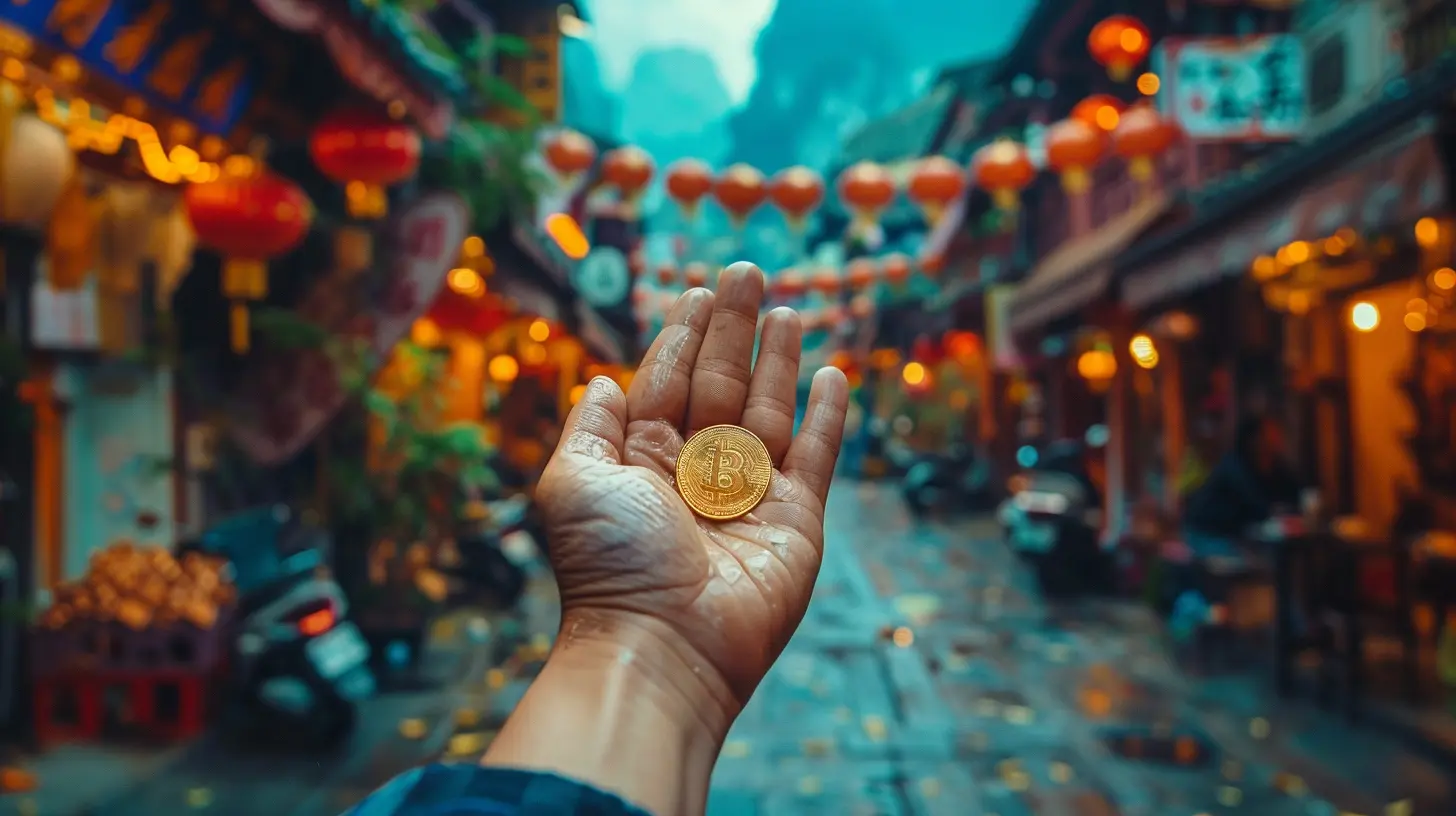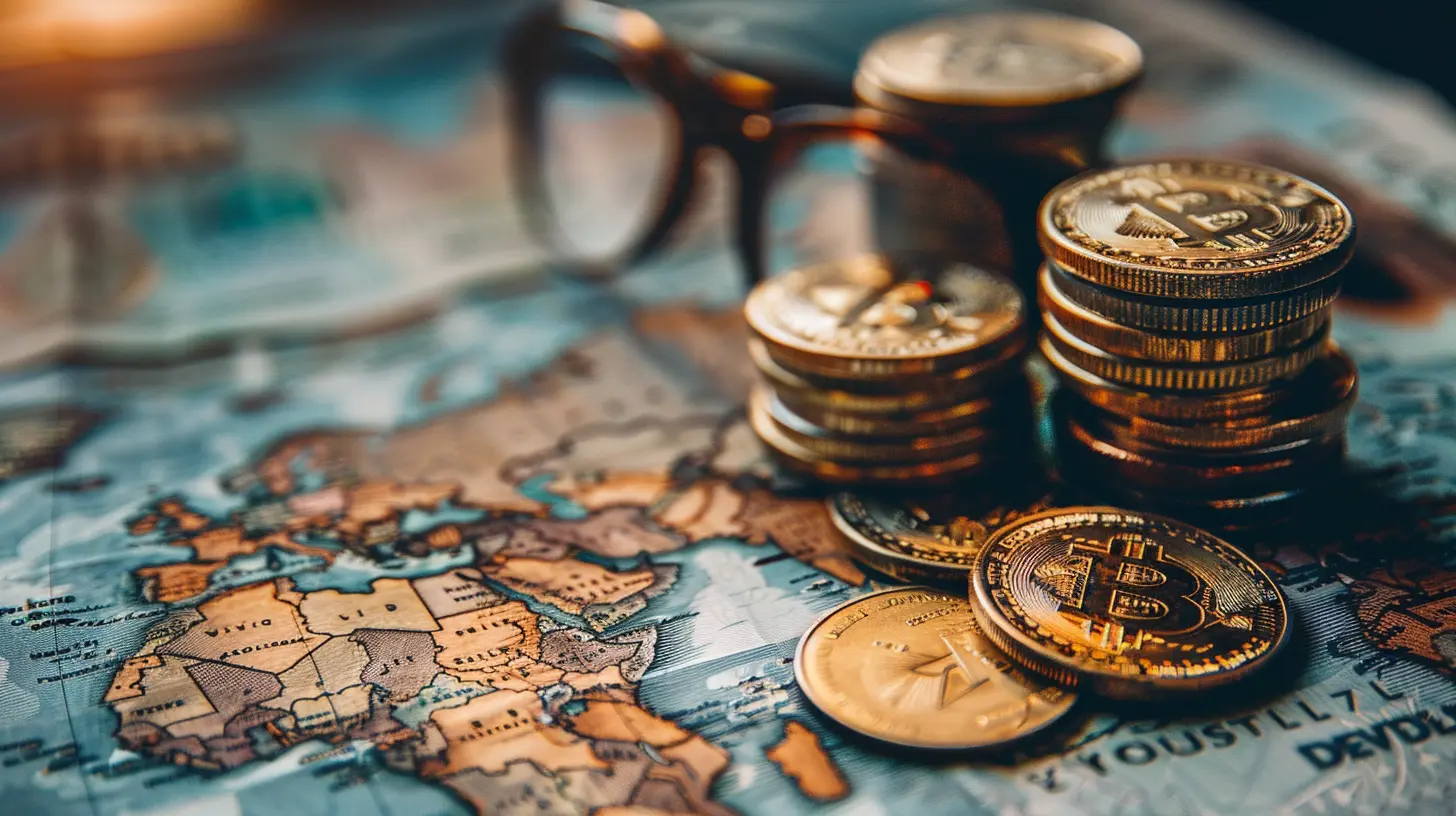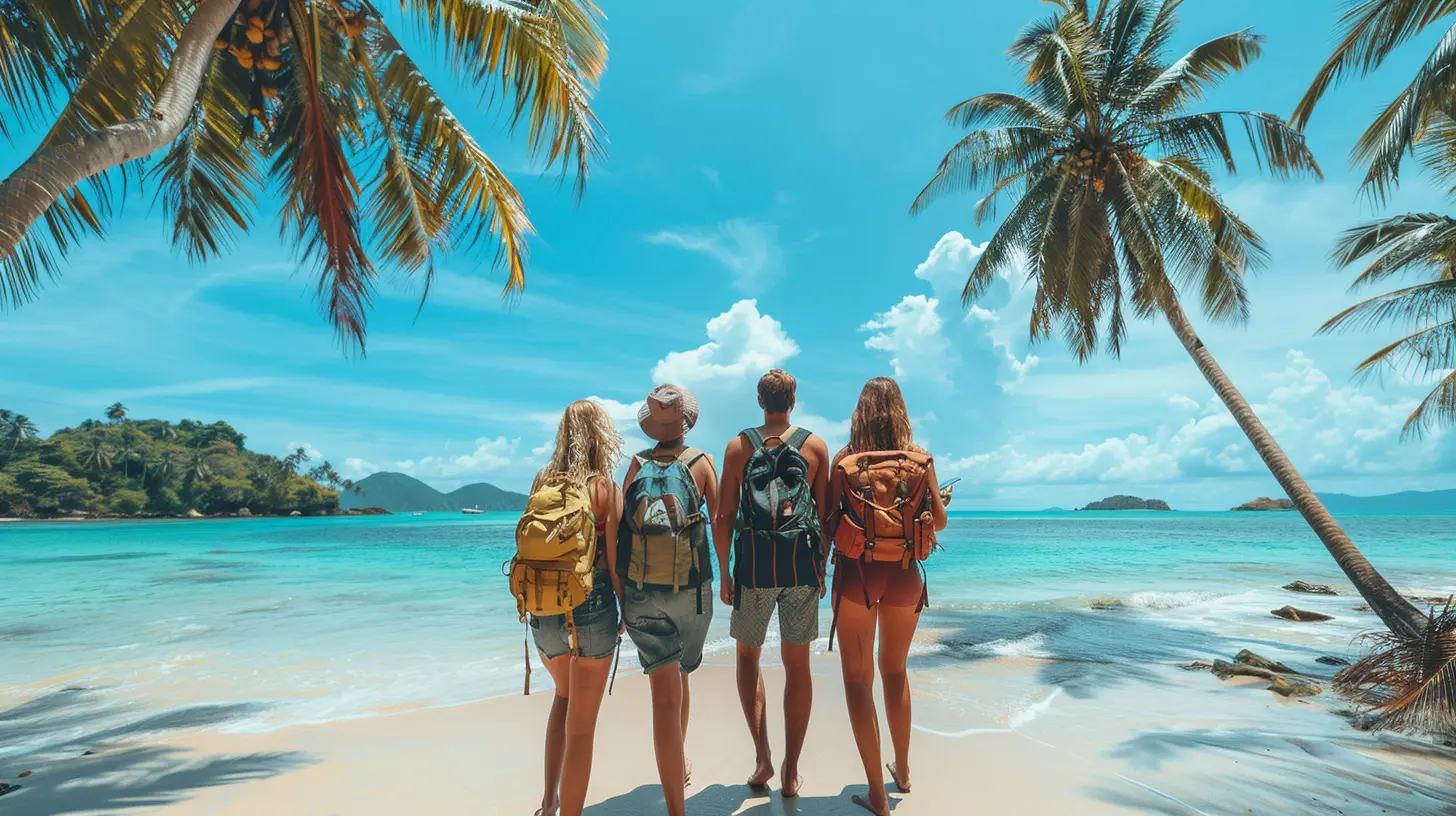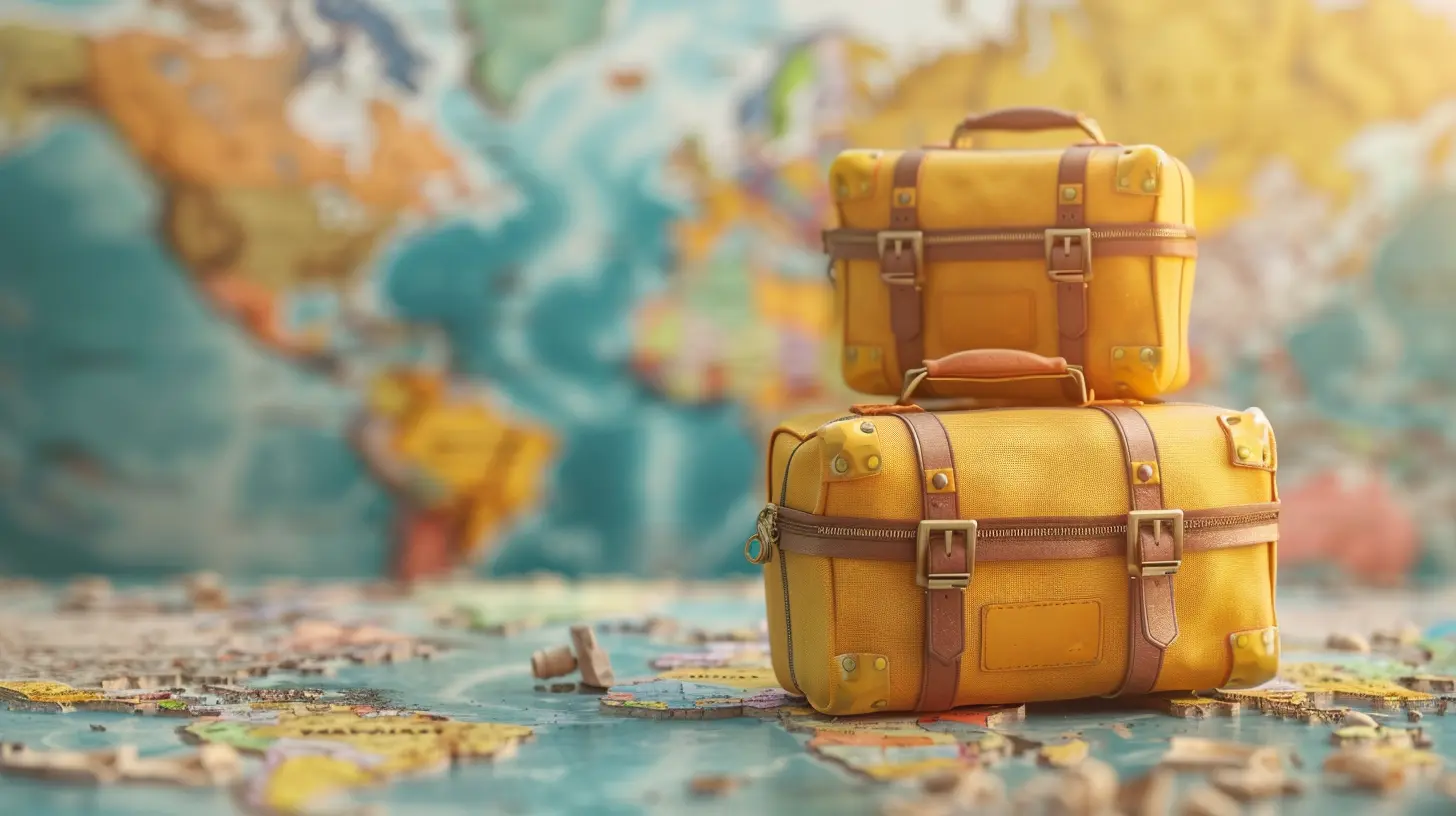How to Avoid Tourist Traps and Save Money
7 May 2025
Traveling is one of the best ways to experience new cultures, taste different cuisines, and make unforgettable memories. But let’s be real—no one wants to fall into a tourist trap, overpay for mediocre experiences, or get scammed. The good news? You don’t have to!
If you’ve ever felt like you paid way too much for an average meal or got lured into a so-called “authentic” experience that turned out to be a gimmick, don’t worry—you’re not alone. Tourist traps are everywhere. But with a little bit of know-how, you can avoid them and keep more money in your pocket.
Let’s dive into some practical tips on how to steer clear of tourist traps, save some cash, and make your trip feel more authentic. 
1. What Exactly Is a Tourist Trap?
A tourist trap is any place that overcharges visitors while offering a mediocre or inauthentic experience. They’re usually designed to attract tourists, and while some might genuinely be worth it, others exist solely to separate people from their money.Think of overpriced restaurants near famous landmarks, souvenir shops selling mass-produced junk, or guided tours that promise “exclusive” access but deliver a generic experience. These traps prey on the fact that tourists don’t always know better, but now, you will! 
2. How to Spot a Tourist Trap
You can usually tell a place is a tourist trap if:- It’s right next to a major attraction – The closer you are to a famous landmark, the higher the prices and the lower the quality tends to be.
- The menu has pictures and is available in every language – While convenient, this is often a red flag for overpriced and low-quality food.
- There’s an aggressive salesperson outside – If someone is trying hard to pull you in, it’s usually a sign that the place relies more on foot traffic than on quality.
- The reviews are mixed – If a place has tons of negative reviews mentioning scams or overpriced food, stay away.
- It feels staged – If it seems like the experience is designed just for tourists with little connection to local culture, it probably is. 
3. Avoiding Tourist Trap Restaurants
Food is a huge part of travel, so you definitely don’t want to waste money on a disappointing meal. Here’s how to find authentic, budget-friendly restaurants:- Walk a few blocks away from major attractions – Restaurants in high-foot-traffic areas tend to be overpriced. Wander a little further, and you’ll likely find better food at lower prices.
- Eat where the locals eat – If a place is packed with tourists but no locals, that’s a bad sign. On the other hand, if you see locals dining there, you're probably in good hands.
- Look for short menus – A menu with 50+ items probably isn’t cooking anything fresh. Smaller menus usually mean fresher ingredients and better quality.
- Use food apps and local recommendations – Apps like Google Reviews, Yelp, or TripAdvisor can help, but the best advice often comes from locals. Ask your hotel staff, a taxi driver, or a shop owner where they like to eat.
- Be skeptical of “famous” dishes – Some places slap the word “famous” on everything to justify high prices. Do a quick search to see if it’s actually well-known or just a marketing trick. 
4. Smart Ways to Save on Attractions
Attractions are a big part of any trip, but you don’t have to spend a fortune to enjoy them.- Check for free admission days – Many museums and attractions offer free entry on certain days of the month. Look it up before you go.
- Buy tickets in advance – Pre-booking online can save you money and time by skipping long ticket lines.
- Consider city passes – Some cities offer passes that bundle multiple attractions at a discounted price. These can be great if you plan to visit many spots.
- Skip the super-touristy tours – Local walking tours or self-guided tours (via apps or guidebooks) can be just as enjoyable and much cheaper.
- Prioritize must-see spots – You don’t have to visit every single attraction. Pick the ones that genuinely interest you and spend your money wisely.
5. Being Smart About Shopping
Who doesn’t love a good souvenir? But those flashy souvenir shops near major attractions? Avoid them like the plague.- Buy from local artisans – Instead of mass-produced trinkets, support local artists who sell handmade crafts, which are often higher quality and more meaningful.
- Skip the airport and hotel gift shops – These are usually way overpriced. Buy souvenirs from local markets instead.
- Negotiate, but respectfully – In many countries, haggling is expected, but don’t be rude or push too hard. A fair deal is a win-win for both of you.
- Be wary of “special deals” – If someone offers you an unbelievable discount, chances are the item is either fake or marked up to begin with.
6. Transportation Tricks to Save Big
Transportation can eat up a big chunk of your budget, so here’s how to cut costs:- Use public transport, not taxis – Taxis near tourist areas often overcharge. Buses, trains, and metro systems are almost always cheaper.
- Get a travel card – Many cities offer day or week passes for public transportation that are much more affordable than single tickets.
- Walk whenever possible – Not only will you save money, but you’ll also experience the city in a way you wouldn’t from a car or bus.
- Download local transport apps – Apps like Citymapper or Google Maps can help you find the best public transport routes.
7. Avoiding Overpriced Tours and Experiences
Tours can be fantastic, but not all are worth the money. Here’s how to make sure you’re getting good value:- Do some research first – Read reviews before booking any tour. If people mention hidden fees or rushed experiences, steer clear.
- Check if you really need a guide – Some attractions are self-explanatory and don’t require a guided tour. A good travel guidebook or audio tour might be enough.
- Be cautious of “once-in-a-lifetime” sales pitches – If a salesperson pressures you into booking something on the spot, take a step back. Any good experience will be available tomorrow, too.
- Look for local-run experiences – Instead of big commercial tours, seek out experiences led by locals. These are often more personal and cheaper.
8. Money-Saving Accommodation Tips
Hotels, hostels, or vacation rentals—choosing the right accommodation can save you a ton.- Book in advance – Last-minute bookings usually come with higher prices.
- Stay outside tourist hotspots – Accommodations a little further out tend to be cheaper. Just make sure there’s good public transportation nearby.
- Consider hostels or guesthouses – Many offer private rooms with great value for money.
- Check for hidden fees – Always read the fine print to avoid unexpected charges like resort fees or expensive breakfast add-ons.
- Use cashback and rewards programs – Many booking platforms offer loyalty rewards or discounts. Take advantage of them.
9. Trust Your Instincts
At the end of the day, staying aware and trusting your gut can help you avoid tourist traps. If something feels off—whether it’s a suspiciously cheap deal, an overly pushy salesperson, or a place that just seems staged—walk away.Remember, the best travel experiences often come from stepping off the beaten path and immersing yourself in the local way of life.
Final Thoughts
Tourist traps are everywhere, but with a little research and a few smart choices, you can avoid them and have an authentic, budget-friendly trip. Whether it’s dodging overpriced restaurants, finding hidden gems, or using public transportation wisely, these strategies will help you travel smarter without breaking the bank.Now go out there and enjoy your trip—without getting ripped off!
all images in this post were generated using AI tools
Category:
Travel BudgetingAuthor:

Ian Powell
Discussion
rate this article
3 comments
Raelyn Franco
This article effectively highlights practical strategies to sidestep tourist traps while maximizing savings. By emphasizing local experiences and lesser-known attractions, travelers can enrich their journeys, supporting authentic cultures and economies while enjoying deeper connections to their destinations.
May 16, 2025 at 4:56 AM

Ian Powell
Thank you for your insightful comment! I'm glad you found the strategies helpful for enriching travel experiences while supporting local cultures.
Oscar McLemore
Research local advice and travel off-peak to find genuine experiences.
May 14, 2025 at 3:56 AM

Ian Powell
Absolutely! Local insights and off-peak travel are key to uncovering authentic experiences while saving money. Great tip!
Justice Pace
Thank you for sharing these valuable tips! It's so important to travel mindfully and responsibly. By avoiding tourist traps, we not only save money but also create more authentic and meaningful experiences. Happy travels!
May 13, 2025 at 4:09 PM

Ian Powell
Thank you for your thoughtful comment! I'm glad you found the tips helpful for mindful and authentic travel. Happy travels to you too!


